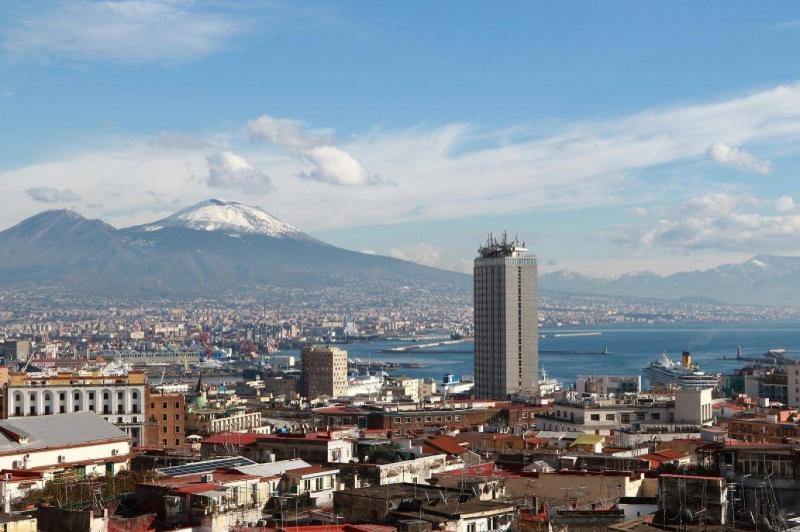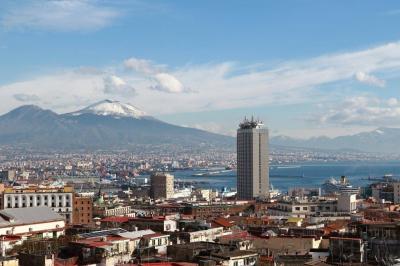Climate change continues to send warning signals to humanity on Earth before it is too late, with the latest message being the earthquake that recently struck Italy amid ongoing human interference with nature. A highly volcanic area experienced an earthquake strong enough that it could plunge Europe into a new ice age if the volcano erupts, marking the most powerful earthquake to hit the region in decades. Nearby residents felt strong tremors when the earthquake occurred at a shallow depth, causing items to fall from shelves in stores and people to flee into the streets.
The Campi Flegrei supervolcano, located near Naples in southern Italy, is being closely monitored by scientists as it shows signs of preparing for an eruption amid rapid climate changes. The magnitude of the recent earthquake, centered in the town of Pozzuoli, was about 4.4, and over 48 hours, there were more than 12 seismic events recorded with magnitudes exceeding 2, according to "Metro."
A study published in Nature last year examined how the activity at Campi Flegrei has been increasing and described how these disturbances have altered the structure of its crust. Researchers concluded that parts of the volcano have nearly reached a tipping point. Lead author Professor Christopher Kilburn stated, "Our new study confirms that Campi Flegrei is approaching rupture." Following hundreds of small tremors last year, the Italian government was forced to quickly revise mass evacuation plans.
The volcanic area, also known as the Phlegraean Fields, has not experienced a significant eruption since 1538, but it has the potential to cause devastation if it erupts. Campi Flegrei is a caldera measuring between 12 and 14 kilometers in diameter, currently home to about 360,000 people, with another 800,000 living just outside its borders. There has not been a true massive eruption globally for 26,000 years since the eruption of the Taupo volcano in New Zealand. If one of the "supervolcanoes" on Earth erupted today with such magnitude, the disruption would overshadow anything in living memory.
Scientists cannot predict whether the volcano will unleash such a powerful eruption and when it might occur, but there are 14 known supervolcanoes around the world, the most famous of which is the Yellowstone Caldera in Wyoming. Given that Campi Flegrei is partly below sea level, its eruption could trigger a massive tsunami that engulfs the Mediterranean basin, while ash could fall hundreds of miles away, affecting agriculture and harming food supplies. With the potential for a volcanic column to reach heights of 100 miles into the atmosphere, ash could travel around the world, causing respiratory diseases such as silicosis from inhaling silica, as well as exacerbating asthma, bronchitis, and chronic obstructive pulmonary disease.
Dr. Mike Cassidy, an associate professor at the University of Birmingham, noted that it could cause global temperatures to drop by 1 to 3 degrees Celsius due to blocking sunlight from reaching the Earth, along with reduced rainfall potentially leading to unusual air currents.




